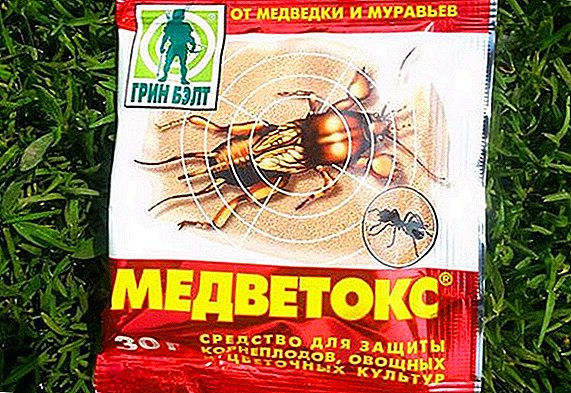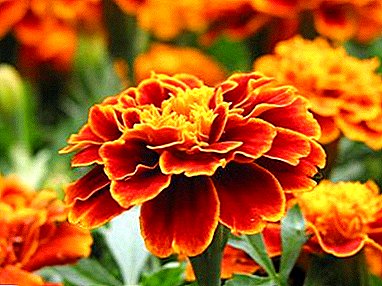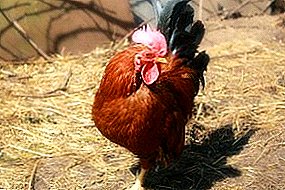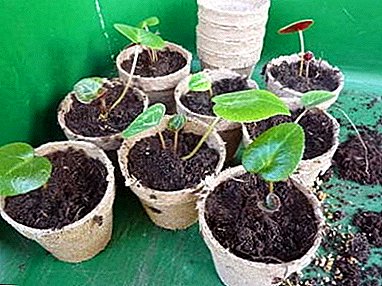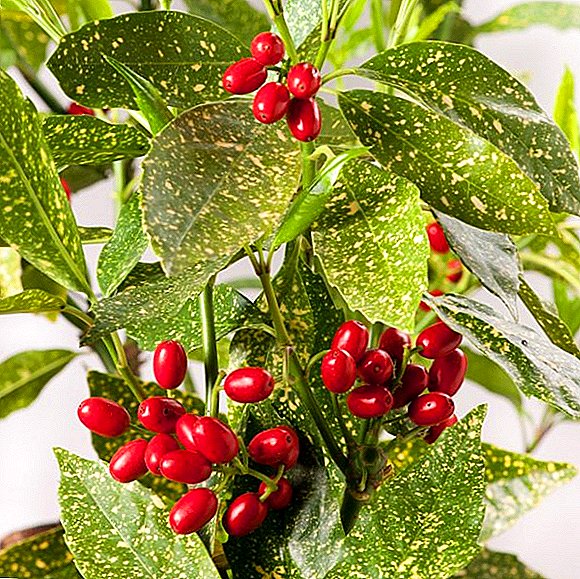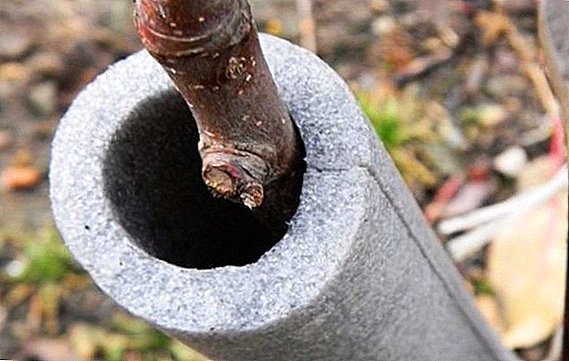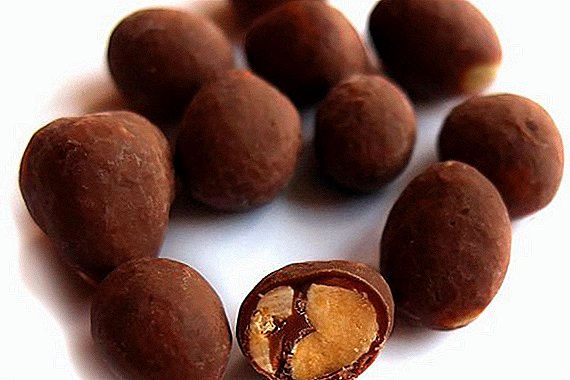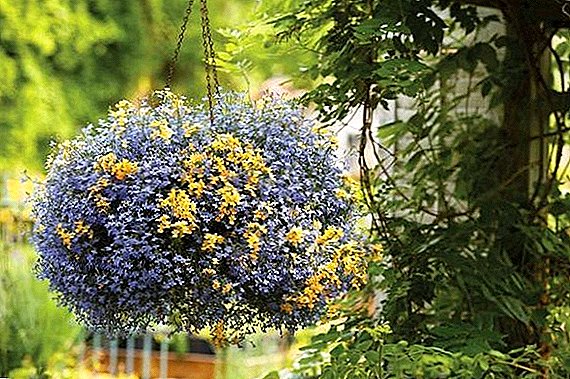 When refining a garden plot, a summer residence, city balconies and window openings, the choice of many gardeners falls on ampelous plants, that is, plants grown in hanging pots and vertical flowerbeds. Lobelia Ampelnaya is one of the worthy and most frequently encountered representatives of this family. And not in vain - it looks equally good in flower compositions and as an independent plant. In addition to its decorative function, lobelia ampelnaya is easy to grow and handle. Even a beginner can handle this task.
When refining a garden plot, a summer residence, city balconies and window openings, the choice of many gardeners falls on ampelous plants, that is, plants grown in hanging pots and vertical flowerbeds. Lobelia Ampelnaya is one of the worthy and most frequently encountered representatives of this family. And not in vain - it looks equally good in flower compositions and as an independent plant. In addition to its decorative function, lobelia ampelnaya is easy to grow and handle. Even a beginner can handle this task.
Ampel form
Due to its small size, compact form and lush blooming, amber amber lobelia is becoming increasingly interested in gardeners.

The characteristic of lobelia is simple:
- perennial species;
- the department is flowered;
- class-double;
- order-astro;
- -collee family;
- kind of love;
- bloom type
- growing area - subtropical temperate climate.
Important! Lobelia is a heat-loving plant and will not survive a subtropical winter, therefore it is used as an annual plant in cultivation.Botanical description:
- developed roots form a dense clod with the ground;
- stems - leafy, long (up to 40 cm) and branched; thin and drooping, with close internodes; covered with light nap;
- leaves - small and frequent, lanceolate forms (length 3-6 cm, width up to 1.5 cm); dark green, also covered with a light nap;
- flowers are bisexual; small in diameter up to 2 cm, dissected, pyatilepestny, irregular shape (two upper petals smaller than three lower petals); when flowering densely cover the stems along the entire length, some varieties form inflorescences; stamens short with large anthers;
- seeds - small, dusty, dark brown; the ability to germinate retain up to 3 years.
Did you know? Lobelia contains many beneficial ingredients and is often found in medicines. So, on its basis is produced such a drug as "Lobesil" (Lobesilum), which helps in the fight against nicotine addiction.Garden forms:
- roundish bushes of spherical shape, reaching a height of 20 cm;
- upright, up to 30 cm;
- climbing, cascading, in length up to 50 cm.
The plant tolerates the neighborhood with other flowers.
Popular varieties
Ampel lobelia refers to the species of annual plants. Stems are long, in the process of growth can reach 35-40 centimeters. The leaves are light green in color, but in their development may acquire a purple hue. The variety has abundant flowering: single flowers, located on the tops of shoots, frequent. The color spectrum of lobelia ampelous is varied and highlighted by these varieties:
- [li] Reggata Blue Splash (blue splash regatta) - petals of white and blue color;
- Reggata marine blue (marina blue regatta) - petals of saturated blue color;
- Reggata lilac (lilac regatta) - lilac petals;
- Reggata lilac splash (lilac splash regatta) - petals of lilac-white color;
- Reggata mix (regatta mix) - different colors of flowers;
- Reggata rose (regatta rose) - rose petals with cream eye;
- Reggata sky blue (Sky Blue Regatta) - petals of one-color blue color;
- Reggata midnight blue (midnight blue regatta) - petals of violet color with a blue tint;
- Reggata white (white regatta) - petals of white color;
- Reggata Blue White Eye (Blue White Regatta) - blue coloring of petals with a small white eye;
- Sapphire (sapphire) - petals of bright blue color with a white eye.











Important! Lobelia flowers are never red and red hues.
As you can see, flowers of a wide enough color palette and by their characteristics are able to satisfy the tastes of even the most demanding growers.
Where is the best to grow lobelia?
Lobelia ampelnaya will feel great anywhere in the field, whether it be a flowerpots, vertical flower beds, pots or a direct landing in the ground. It is important to provide her with the main conditions for life:
- warm climate;
- Fresh air;
- well clarified (sunny) terrain;
- moderate watering at the root.
At home, such plants as petunia, sweet peas, vervaina, marigolds, ampelous dichondra, left-wing, heather, pelargonium, dahlias, and hippeastrum will feel good.
Landing methods
There are two ways of planting lobelia - seedlings and direct sowing on the ground, and each of them requires a certain care. 
Due to the fact that quite a long time (3-4 months) passes from the moment of planting to the immediate flowering, mostly gardeners use seedlings.
Rassadny
The seedling method allows you to grow a strong plant and provide abundant flowering for the entire summer season. If you sow seedlings in January - February, then by the end of May, the first buds will be formed.
The only condition for early disembarkation is to provide a sufficient amount of light: with its lack of seedlings will develop slowly. 
Important! Planted in March and grown under natural light, the flower is more viable, and in its shape is more accurate.Seed preparation and sowing
The seeds of lobelia are dust-like, so for ease of sowing they are mixed with a small amount of sand. This will make them visible on a light sandy background and will allow to distribute more evenly on the ground. You can also sow the seeds on a layer of snow laid out over the prepared soil. This method as the snow melts will help their natural stratification (long exposure to accelerate germination).
Did you know? 1 gram contains 50,000 seeds of lobelia.
A mixture of ordinary garden soil mixed with vermiculite (a mica-based layered mineral) will suit the soil for seedlings. It is not necessary to dig the seeds into the ground, it is enough to press them down a little.
Important! Falling asleep can not only complicate germination, but also destroy the seeds.
To complete the process, it is necessary to moisten with a weak solution of potassium permanganate (several crystals per 1 liter of water). 
Seeds sown in a container must be covered with a film and put on a well-lit place at a temperature not lower than 18 ° C.
Seedling care
A container with sown seeds must be ventilated every day by removing the film for a short time and shaking off the condensate.
The first shoots will appear after 10-15 days. From this point on, the cover from the container can be removed, but without fail it is necessary to ensure that the soil is sufficiently wetted.
Important! Dry soil for seedlings is destructive.In the first month, seedlings may develop slowly, but this is not a cause for concern.
Picks
Picks are made when the shoots reach a height of 3-4 centimeters. Sampling is done in separate prepared small containers with soil (cups): the number of plants in one container should not exceed 4 pieces. The seedlings feel comfortable in wide and shallow containers. 
Seating is done with a teaspoon. Shoots dig and together with the soil transplanted into a separate container. Around the transplant site the soil is slightly tamped. When transplanting the distance between plants should not be less than 2-3 centimeters.
When the seedling reaches a height of 7 centimeters, it is necessary to pinch the top shoots. This will ensure widespread branching of the plant in the future.
The obtained seedlings can be planted in the open ground at the end of May, when the daily temperature of the air does not fall below 15 ° C, and unexpected cold snaps are not expected.
Did you know? The seedlings are able to withstand short-term frosts down to -2 ° C.
Planting is best done in a sunny open field in moderately fertile soil. 
The soil should be loosened and light, and for this purpose prepare it in advance. To do this, for 2 weeks before planting, the soil is loosened, poured with sand and make a small amount of fertilizer (for example, calcium nitrate). Planting is made in slightly acidic soil, so the acidic soil must be poured in advance with dolomite flour, chalk, or hydrated lime.
Under the seedlings dig small holes at a distance of 10-15 cm from each other. This distance will provide enough free space in the future for lush development.
Planting for decorative purposes to decorate windows and balconies is made in prepared pots with purchased universal primer. After planting, the soil is abundantly moistened.
A week after picking, the seedlings can be fertilized again with a weak solution of complex fertilizer. 
Direct seeding
Direct sowing - it is often called "lazy" - involves sowing seeds directly on the ground.
Did you know? When sowing seeds directly into the soil, the plant will begin to bloom no earlier than August.Preparation and seeding
Two weeks before sowing, the soil must be loosened and poured with a small amount of sand. Before sowing, the soil must be moistened (shed).
Sow seeds mixed with sand at the end of May, trying to sow them on the ground as evenly as possible. Distributed seeds from above should be moistened with a weak solution of potassium permanganate and treated with any growth stimulant ("Epin", "Gibbersib").
Landing top tightened film. You can remove the cover and ventilate only when shoots appear.
Aftercare
With the appearance of strong shoots, it is necessary to air the seedlings daily with the obligatory subsequent and careful moistening of them, avoiding direct watering.
When the seedlings reach 4 centimeters, thinning should be carried out, leaving room for the future development of at least 10 centimeters between the bushes.
After thinning, it is no longer necessary to lay shelter for seedlings. It is important to avoid drying the soil for the plant and in time to produce its moisture. 
Proper care of amber lobelia
Amphibian lobelia cannot be called a very demanding plant in its care. But it still delivers certain troubles.
Did you know? Lobelia is practically not damaged by pests and insects and almost does not get sick, which provides not too troublesome care of the plant.
Topping
After the first flowering, prophylactic pinching of lobelia is performed. This will contribute to a “respite” for the young plant and the growth of new side shoots, thus increasing the pomp and future flowering.
Pinching is done after the first flowering, cutting off all the stems almost at the base.
Watering
The greatest trouble in the care of the plant delivers watering. It is produced 1-2 times a week and only at the root.
Important! The plant can not be moistened on top. Moisture drops act as prisms and cause burns. from sunlight on the leaves of the plant.
Plants growing in small containers (pots or planters) should preferably be watered daily. This will prevent drying out of the soil and wilting of the plants.
During periods of intense heat, the plants, regardless of the area of their growth, must be provided with an additional amount of moisture. Watering during the heat should be carried out twice a day: in the morning and in the evening, before and after sunset.
For hanging pots such plants as ampelnaya petunia, Calibrahoa, Surfinia, Bacopa, Begonia, Verbena, Geranium (Pelargonium), Dichondra, Campanula, Ampel nasturtium, Ampelnaya fuchsia are best suited.
Top dressing
Timely top dressing will provide additional energy for lush flowering. Top dressing is done twice a month with the help of mineral fertilizers for flowering plants. You can buy these fertilizers at any garden store, and their cost is low.
Do not apply too much fertilizer. Moreover, a large amount of nitrogen fertilizers will lead to the fact that the pomp and growth activity will reduce flowering plants.
Pruning
After flowering shoots must be cut, leaving a length of at least 5 cm from the soil. Thanks to such timely pruning, flowering of the plant is ensured for the entire spring-autumn period.
Important! Do not do too modest pruning of the stems, as each subsequent pruning increases branching and flowering density.Often, in order to increase the bush's splendor, they resort to full pruning of the upper stems, but not more than 5 cm. This will not only increase the pomp, but will affect the amount of flowering in the future.

Seed collection
For the subsequent collection of seeds at the beginning of the autumn season, it is not necessary to prune the branches of the plant, otherwise the seeds will not have time to mature.
The plant must be given time to bloom independently. After flowering, the seed box is formed. During this period, it is important to monitor their condition.
When the seed pods are dry, the stems must be cut off and shake strongly over a clean sheet of paper. Fallen small seeds must be carefully placed in a prepared paper envelope (capacity) and stored in a dark cool place.
Did you know? The plant is self-pollinating. The close proximity of different varieties directly affects the future color of flowers.
Lobelia Ampelnaya is an incredibly beautiful plant that will improve any terrain with its lush flowering. The color range of varieties will not leave anyone indifferent and will satisfy even the most demanding. And the simplicity of the plant in the care is especially attractive - moreover, even a novice gardener will be able to grow lobelia from seeds at home.


